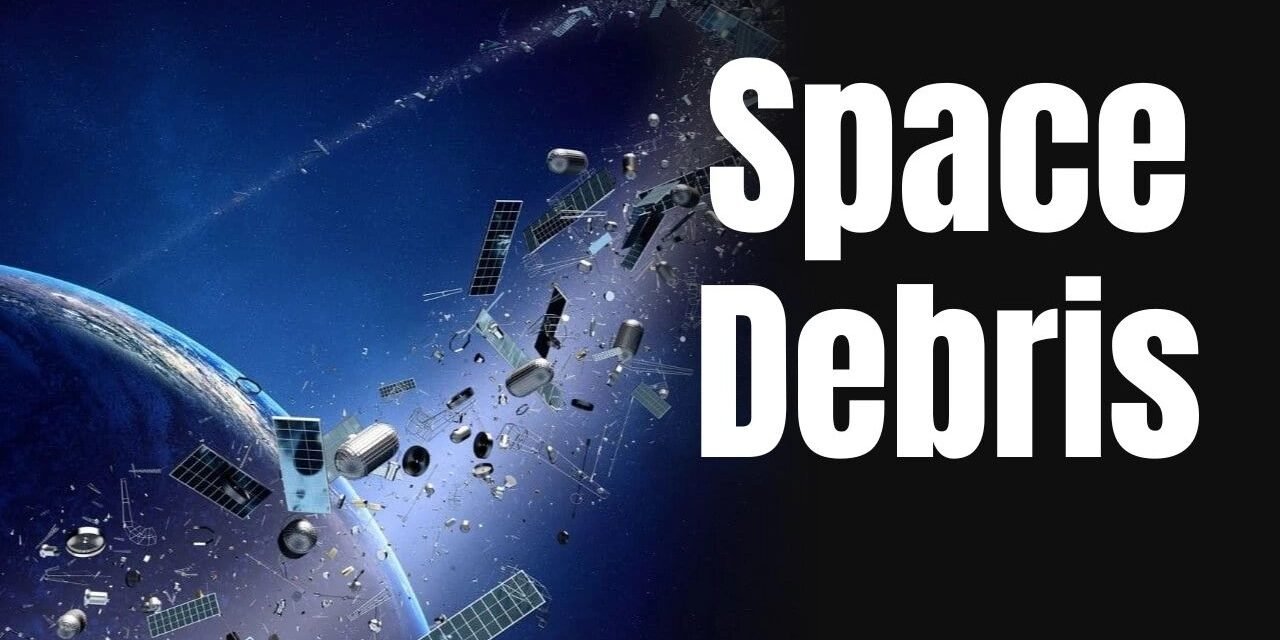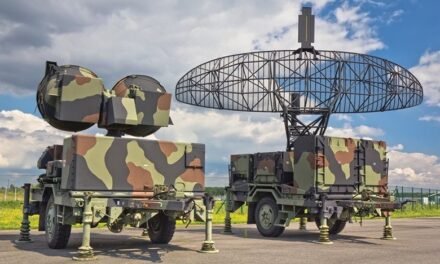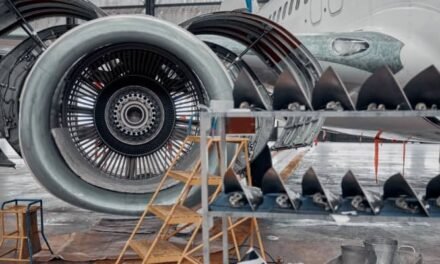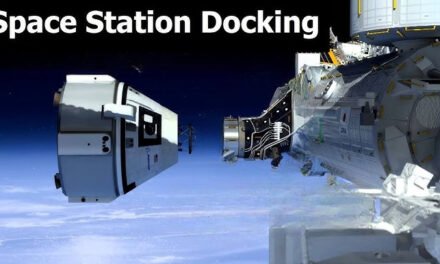Space debris mitigation and removal technologies aim to address the growing problem of orbital debris, which poses significant risks to operational satellites, spacecraft, and future missions. These technologies focus on preventing the generation of debris, tracking existing debris, and actively removing debris from orbit.
Technologies for Space Debris Mitigation
1. Design Improvements
- Propellant Venting and Battery Passivation:
- Prevent explosions by venting residual fuel and disabling batteries at the end of a satellite’s life.
- Self-Disposal Mechanisms:
- Satellites are designed to deorbit themselves using onboard propulsion systems or drag-increasing mechanisms like solar sails.
2. Orbit Management
- End-of-Life Maneuvers:
- Satellites are moved to a graveyard orbit (above operational orbits) or deorbited into Earth’s atmosphere to burn up.
- Collision Avoidance Systems:
- Satellites equipped with propulsion systems can perform maneuvers to avoid collisions based on debris tracking data.
3. Debris Shielding
- Whipple Shields:
- Layers of material designed to protect spacecraft from small debris impacts.
- Active Protection Systems:
- Sensors that detect incoming debris and trigger countermeasures, such as ejecting protective layers.
4. Operational Guidelines
- Compliance with Standards:
- Following international guidelines, such as those from the United Nations’ Committee on the Peaceful Uses of Outer Space (COPUOS) and ISO standards, to minimize debris generation.
Technologies for Space Debris Removal
1. Ground-Based and Space-Based Tracking
- Radar and Optical Systems:
- Ground-based radars (e.g., U.S. Space Surveillance Network) and telescopes track debris trajectories.
- Space-Based Sensors:
- Satellites like ESA’s Space Debris Telescope monitor debris in real-time.
2. Capture Mechanisms
- Robotic Arms:
- Spacecraft equipped with robotic arms can grab and manipulate debris for deorbiting or relocation (e.g., ESA’s ClearSpace-1 mission).
- Nets and Harpoons:
- Nets capture debris by enclosing it, while harpoons puncture and secure large objects for controlled deorbiting.
- Electromagnetic Tethers:
- Utilize electromagnetic forces to attract or interact with debris.
3. Deorbiting Technologies
- Drag-Enhancing Devices:
- Devices like inflatable balloons or sails increase drag, accelerating the deorbiting of debris by enhancing atmospheric interaction.
- Ion Beams:
- Satellites use ion beams to nudge debris into lower orbits for reentry into Earth’s atmosphere.
- Laser Ablation:
- Ground-based or space-based lasers heat the surface of debris to create a small thrust, altering its trajectory for eventual reentry.
4. Electrodynamic Tethers
- Long, conductive tethers generate an electric current in Earth’s magnetic field, creating drag that gradually lowers debris into the atmosphere.
5. Active Debris Removal Missions
- ClearSpace-1:
- ESA’s mission to remove a single large piece of debris using robotic arms.
- RemoveDEBRIS:
- A test mission demonstrating net capture, harpoons, and vision-based navigation for debris removal.
6. On-Orbit Servicing
- Refueling and Repair:
- Servicing satellites to extend their life and prevent them from becoming debris.
- Tugging Services:
- Satellites equipped with propulsion systems tow debris to a safer orbit or deorbit it.
Innovative and Emerging Technologies
- AI and Machine Learning:
- Enhance tracking, prediction, and collision avoidance by analyzing debris patterns and trajectories.
- Swarm Technology:
- Multiple small satellites working collaboratively to identify, capture, and remove debris.
- Biodegradable Satellites:
- Designed to break apart harmlessly in the atmosphere, reducing debris generation.
- Space Sweepers:
- Concepts for autonomous spacecraft that collect multiple pieces of debris in a single mission.
Challenges in Space Debris Removal
- Cost:
- Developing and launching debris removal missions is expensive.
- Legal and Regulatory Issues:
- Ownership of debris and international coordination remain unresolved issues.
- Technical Complexity:
- Capturing and controlling fast-moving debris in orbit is technically challenging.
- Risk of Fragmentation:
- Mishandling debris can result in fragmentation, worsening the problem.
Conclusion
Space debris mitigation and removal require a combination of proactive and reactive measures, leveraging innovative technologies and international cooperation. As space activities increase, advancements in these technologies will be essential to ensure the long-term sustainability of space operations.
Hashtags
#SpaceDebris #OrbitalCleanUp #DebrisMitigation #SpaceJunkRemoval #OrbitalSafety #DebrisRemovalTech #ActiveDebrisRemoval #DebrisCaptureSystems #LaserDebrisRemoval #SpaceTugTech #SpaceRobotics #AIInSpaceDebris #RoboticDebrisCapture #AutonomousDebrisRemoval #SustainableSpace #EcoFriendlySpaceTech













